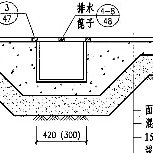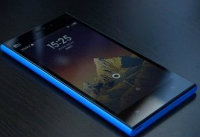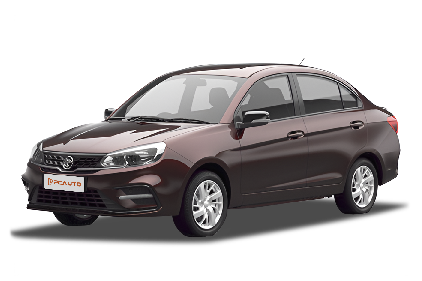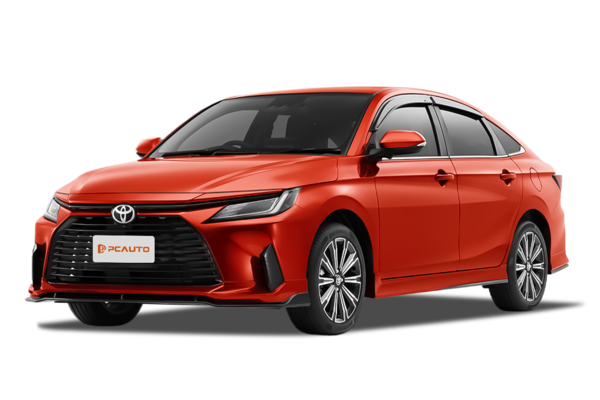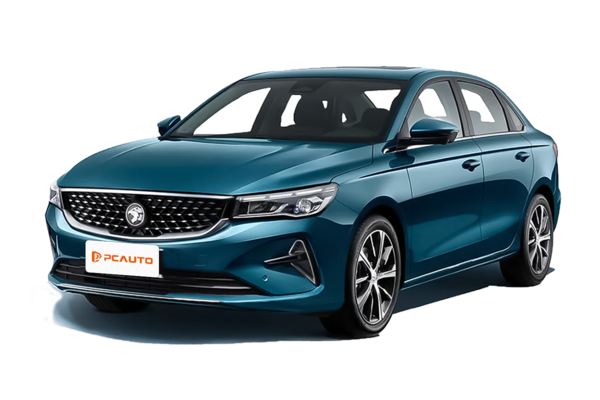Q
How to improve the fuel efficiency of Toyota Corolla?
To improve the fuel efficiency of Toyota Corolla, you can adopt several strategies. First of all, develop a smooth - driving habit. Avoid sudden acceleration and hard braking because these actions will increase the engine's workload and consume more fuel. Instead, you should gradually accelerate when starting and smoothly decelerate when stopping. Maintaining a steady speed, especially on the highway, also works. For example, keep your speed within the range where the engine operates most efficiently. For many Corolla models, this range is approximately 60 - 90 kilometers per hour.
Secondly, choose high - quality fuel. Premium fuel usually has better combustion performance, which allows the fuel in the engine to burn more completely, reducing waste and improving fuel economy.
Thirdly, make sure your vehicle is well - maintained. Replace the engine oil regularly as recommended because fresh oil can reduce internal engine friction. In addition, ensure that your tire pressure is at the appropriate level; under - inflated tires will increase rolling resistance, thus increasing fuel consumption.
Finally, lighten the vehicle load. Remove any unnecessary items from the trunk or the interior of the vehicle because the extra weight will make the engine use more energy to drive the vehicle. By following these suggestions, you can enhance the fuel efficiency of your Toyota Corolla and save on fuel costs over time.
Q
what does it mean when my mercedes says stop vehicle leave engine running
When your Mercedes displays "stop vehicle leave engine running," it typically means that the vehicle's systems have detected a condition that advises you to pull over and keep the engine running. This could be related to certain critical components of the vehicle that need to undergo self-checks, cool down, or maintain the operation of specific systems while the engine is running. This situation may be associated with issues such as overheating engine temperature, electronic system failures, or abnormalities with related sensors. It is recommended to contact a Mercedes professional service technician as soon as possible for accurate diagnosis and resolution of the problem.
Q
How far can Toyota Corolla travel on an empty fuel tank?
Generally speaking, when the fuel gauge shows an empty state, the Toyota Corolla can theoretically travel about 40 to 50 kilometers. However, this distance is affected by factors such as the vehicle brand, model, road conditions, and driving habits. For example, in congested urban traffic, frequent starting and stopping will increase fuel consumption, causing a shorter driving distance. On the highway, maintaining a relatively stable speed may allow the vehicle to travel a longer distance.
The fuel tank capacity of different years and versions of the Toyota Corolla is mostly 50L. When the fuel indicator lights up, there is usually 5 - 10 liters of fuel left in the vehicle. But this figure is not always accurate. You can check the vehicle manual for specific information. It should be noted that don't wait until the fuel gauge shows empty before refueling. Driving with low fuel for a long time can potentially damage parts such as the vehicle's fuel pump and may affect its service life.
Q
What are the differences between the 2023 Toyota Prius and Tesla Model 3
The 2023 Toyota Prius and Tesla Model 3 differ significantly across multiple aspects. The Prius is renowned for its hybrid technology, delivering exceptional fuel efficiency with reliable and mature technology. Its interior design prioritizes practicality and comfort. In contrast, the Model 3, as a pure EV, offers superior acceleration performance and cutting-edge tech features, including more advanced driver-assistance systems. However, in Malaysia, charging infrastructure remains less extensive than traditional fuel stations. Additionally, Toyota maintains stronger brand recognition and after-sales service networks locally, while Tesla represents the vanguard of electric mobility innovation. Ultimately, the choice depends on individual priorities regarding performance, technology preferences, and usage scenarios.
Q
How to reset the tire pressure light on Jeep Wrangler?
In Malaysia, to reset the tire pressure light on a Jeep Wrangler, you can typically do the following: First, turn on the vehicle but do not start the engine. Then, look for the "Settings" or "Vehicle Information" option on the dashboard, and find the menu related to tires once you enter. Following that, select "Reset Tire Pressure" or a similar option according to the prompts on the screen. If this method does not resolve the issue, it is recommended that you visit a professional auto repair shop, where technicians can reset it using dedicated equipment.
Q
what type of car is suzuki jimny
The Suzuki Jimny is a compact off-road vehicle known for its small size, agility, and excellent off-road capabilities. Its compact body and good ground clearance make it well-suited for both urban roads and more challenging terrains. In Malaysia, it is quite popular among consumers due to its practicality, affordability, and ability to meet certain outdoor travel needs. The exterior design is distinctive and unique, while the interior features a simple, functional layout. In terms of performance, the Jimny offers reliable power that ensures it can handle a variety of driving conditions.
Q
Where are the engines of Mazda CX-5 made?
The SKYACTIV engines of Mazda CX-5 models in the Malaysia are primarily made by Mazda's Hiroshima plant in Japan – the brand's flagship production base renowned for its precision manufacturing and strict quality control. The Hiroshima facility employs advanced production technologies and automatic systems to ensure each engine meets rigorous performance standards. For Mazda's SKYACTIV-G engine series, core components like cylinder blocks and crankshafts are entirely designed and manufactured by Mazda. These engines incorporate the proprietary SKYACTIV Technology, which optimizes combustion efficiency and elevates compression ratios to balance power output with fuel economy. Notably, while the engines are Japanese-made, the complete vehicle assembly for Malaysian-market CX-5 units may occur locally or within ASEAN countries* – a common globalized production approach in today's automotive industry.
Q
What is the tire pressure of Honda City?
The standard tire pressure of the Honda City can vary depending on the model year, tire size, and load conditions. Generally, the recommended cold tire pressure (when the vehicle is cold) ranges from 210 - 220 kPa (2.1 - 2.2 Bar/30 - 32 PSI) for the front tires and 200 - 220 kPa (2.0 - 2.2 Bar/29 - 32 PSI) for the rear tires. It is advisable to refer to your vehicle manual or the tire pressure label on the driver's door frame (usually near the B - pillar) for the specific values, as there may be slight differences for different wheel sizes (such as 15 - inch or 16 - inch).
If you're carrying a full load or going on a long - distance journey, you can increase the rear tire pressure by about 10 kPa (1 PSI) to ensure stability. For short-distance journey and daily commutes, you can maintain the standard pressure. Overinflated tires may result in reduced grip, while underinflated tires can increase fuel consumption and tire wear. It's recommended to check your tire pressure at least once a month and adjust it when the tires are cold (avoid measuring right after driving).
Additionally, filling your tires with N2 nitrogen may be more stable than using regular air, reducing tire pressure fluctuations due to temperature changes.
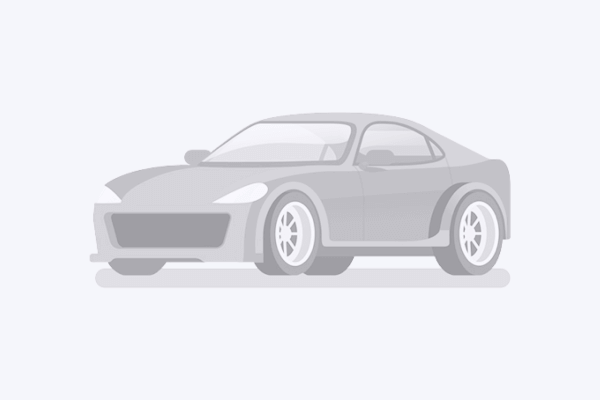
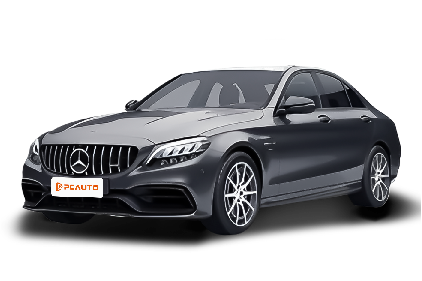
 2024 Mercedes-Benz AMG C-Class AMG C 43RM 443,8884751×1820×1437----
2024 Mercedes-Benz AMG C-Class AMG C 43RM 443,8884751×1820×1437---- 2024 Mercedes-Benz AMG C-Class C63 S E Performance F1 EditionRM 958,8884751×1820×14376801020--
2024 Mercedes-Benz AMG C-Class C63 S E Performance F1 EditionRM 958,8884751×1820×14376801020-- 2020 Mercedes-Benz AMG C-Class AMG C 43RM 401,1154704×1810×1429396-AT7.8
2020 Mercedes-Benz AMG C-Class AMG C 43RM 401,1154704×1810×1429396-AT7.8 2019 Mercedes-Benz AMG C-Class AMG C43TBC4704×1810×1429369-AT-
2019 Mercedes-Benz AMG C-Class AMG C43TBC4704×1810×1429369-AT- 2019 Mercedes-Benz AMG C-Class AMG C63RM 768,8884757×1839×1426475-AT-
2019 Mercedes-Benz AMG C-Class AMG C63RM 768,8884757×1839×1426475-AT-
